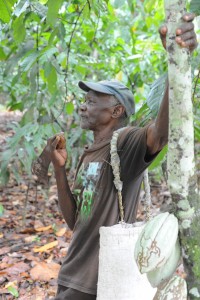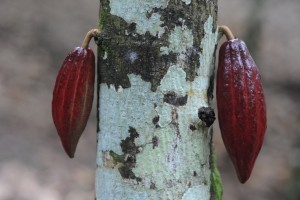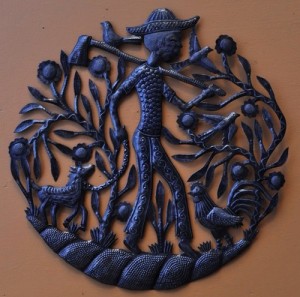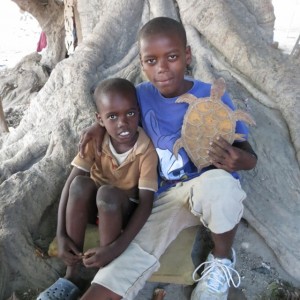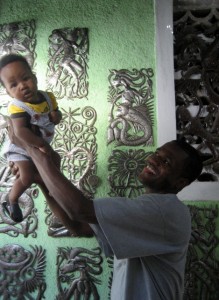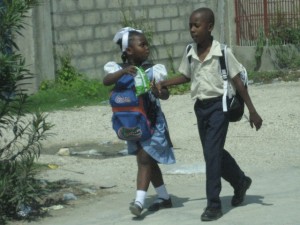Can Chocolate Cure Poverty?
In a previous blog, I declared my deep and abiding love of chocolate. I have written too, about market-based solutions to the problem of poverty in Haiti. Can you imagine my delight at coming across a company that has both!
Les Chocolateries Askanya is the brain-child of Corinne Joachim Sanon, a Haitian-American woman, who decided she wanted to do something meaningful and sustainable to fight poverty in Haiti. In November 2014, with fresh MBA from Wharton and indomitable entrepreneurial spirit, she put her energies into producing fine chocolates. The business concept is her driving force: “Haiti’s first and only premier bean-to-bar chocolate
company. Grown in Haiti, Made in Haiti, Enjoyed Everywhere.”
Corinne, her husband Andreas Symietz, and friend Alexandra Lecorps and went to work transforming her grandfather’s four-bedroom country home in Ouananminthe in northern Haiti into a full-production chocolate factory. By April 2015, the factory swung into action with seven full-time local employees. Another friend, Gentile Senat also entered the chocolate-making scene. Sourcing locally grown cacao from area farmers, the factory workers receive the freshly harvested beans and begin their magic. The cacao is fermented, dried, sorted and then the delicate matter of roasting begins. From there, the roasted beans are cracked, ground, winnowed, and finally refined. At this stage, the making of chocolate bars actually begins. (See great photos of this process on Askanya’s website.)
Though Askanya sells in Haiti and abroad, its first customer is the Haitian people. Catering to a Haitian palate, which generally prefers a
sweeter, less bitter flavor, they produce a 40% milk chocolate bar and a 60% dark chocolate bar and have plans to develop other flavors with 70% in the works. I am happy to report that the dark chocolate that I ordered from Askanya for my family was very enthusiastically received. I don’t pretend to describe flavors well, but I think I detected some fruity notes (Cherry, maybe?) and the overall taste and texture were delightful.
It is exciting to meet people such as Corinne, with visions so similar to that of It’s Cactus for fighting poverty and uplifting lives. By providing opportunity and employment, by teaching skills – whether they be quality management, marketing, or chocolate-making – and by treating trading partners with respect and care, real growth and prosperity can be achieved.
Hang up the art and pass the chocolate!
Contributed by Linda for It’s Cactus

